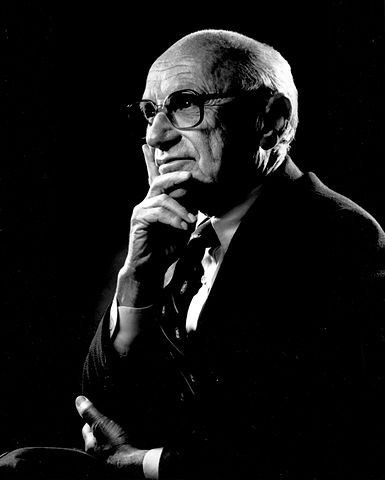
June 2024
The meanings given here are literal:

(thanks, DuckDuckGo)
Among the word’s more famous metaphorical uses is Marx’s phrase “commodity fetishism” which at first glance doesn’t map to any of the literal meanings; it denotes consideration of products without regard to the processes of their production. And yet, that usage provides a thread to link the literal meanings to each other poetically: all involve loss of context; focusing on a signifier to the exclusion of its setting. The connection between the meanings hints at a common basis in the human psyche; a vulnerability – the ability (perhaps even a tendency) to suspend rationality and inject powerful emotions into, or project them onto, arbitrary objects (physical or conceptual).
Late capitalist culture, though still harbouring traces of the belief systems that preceded it, can be called market fetishism. Instead of recognising that a market is an arbitrary (i.e. chosen) set of rules and relations imposed on an accidental (though historically modified) set of material circumstances, this fetishism elevates the market to the status of the source of guidance; not merely a hidden hand but an oracle which should not be questioned, much less coerced.
Many major institutions rely on the fetishising process: loyalty to nation-states, religious denominations, sports clubs, political parties and brands of consumer goods or services (and their leaders or figureheads), lingers even when evidence suggests that the object of loyalty is no longer (or never was) what it promised or was promised to be. Late capitalism places the cult of The Market above the state or religion, or even a state religion – it’s a transnational crusade.
Philosophically, such fetishism is an instance of reification – treating an abstract entity as a concrete one. The social sciences apply that term to the presentation of social constructs like race, gender, etc. as natural and inevitable. Those social scientists who call themselves “critical” avoid presenting reification itself as natural or inevitable by highlighting that the process involves power. Nowhere more so, of course, than in the late-capitalist market.
Why pick on “late” capitalism, when the market has been glorified since at least Adam Smith? Because at every stage and place, there have been different limits on what was considered part of the market, and what conduct was accepted within the market. These limits reflected the distribution of power in that situation. Taking the current era, a hundred years ago, while empires fought to divide the globe among themselves, one had undergone a revolution that drastically disrupted the idea of the market. By surviving attacks from marketeers and then being on the winning side in WW2, the USSR forced its way to the table of world power, from where it helped another market disruptor to emerge – China. In response, capitalism made dramatic concessions to its core labour force, in what came to be called social democracy or the welfare state.

But as the USSR succumbed to the expense of defending itself, and China was convulsed by internal conflict, the now-almost-global bourgeoisie began to roll back those concessions, and to make new encroachments upon the other classes. This last step is here called late capitalism. The theoretical aspect of this is neo-liberalism. Though commonly ascribed to the Reagan/Thatcher wave of “market reform,” its doctrine had lurked in academia for decades, preparing for its time. The rock star of neo-liberal economics, Milton Friedman, famously said “There’s no such thing as a free lunch.” Far from being a facile truism (of course someone paid for the lunch, duh), in his work it takes on the sinister meaning that if you can get to eat it, you must somehow deserve it. In other words, a rejection of theories of value based on labour, in favour of one based on power and opportunism. Inevitably, an ever-increasing proportion of the social surplus is siphoned into economic rent, rather than actual production or services.
In practice, the state must do (and be) as little as possible other than in protecting the property and profits of the bourgeoisie, where it must do as much as possible. We are now approaching the reductio ad absurdum of this, where the U.S. as world cop with 900 military bases across the globe, is allowing military-industrial corporations to invoice taxpayers $400 for a screwdriver. More to the point, crucial munitions are produced in small quantities but with high unit cost. The Ukraine war has revealed the folly of allowing this.
Thus, an economic doctrine departing from classical liberalism engenders right-wing (neo-conservative or “neocon”) geopolitical positions. While the end of the Cold War fostered a euphoric sense of victory and fantasies of a “peace dividend” among political liberals, their more hard-nosed imperial colleagues realised that the moment would only last if decisive steps were taken to entrench the hegemony of The Market. The Wolfowitz Doctrine’s tool of “full spectrum domination” was to be used to ensure a New American Century.